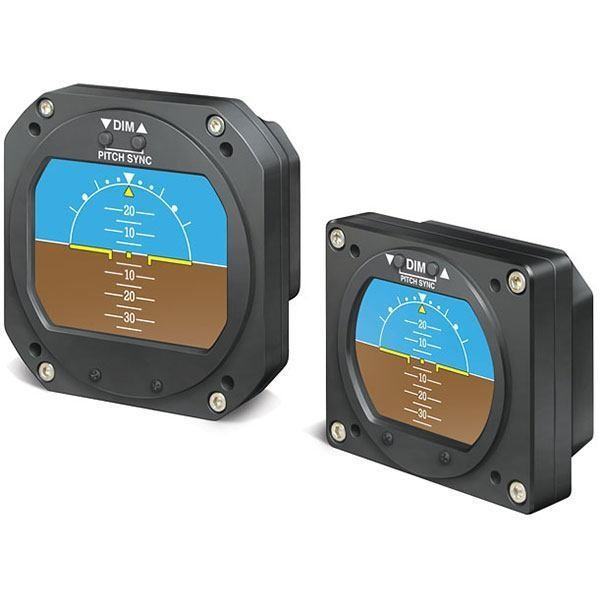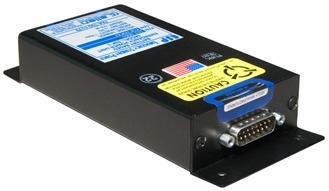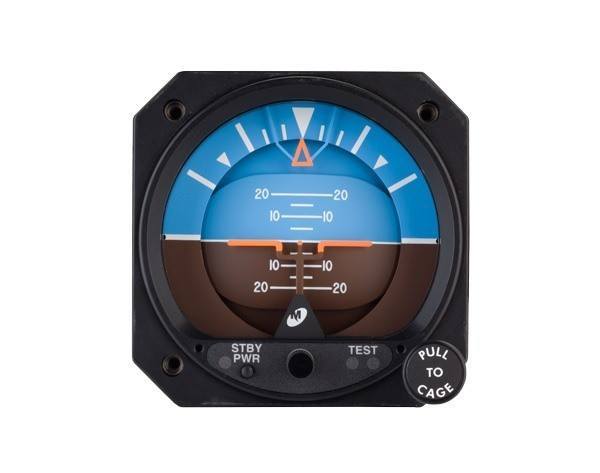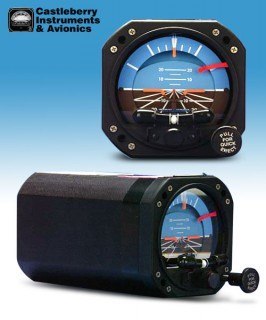High Performance Aviation
The non-regulatory policy is meant to increase flexibility of improving aircraft safety quickly and efficiently with new technological advances. Many, including AOPA, consider the decision a move in the right direction, signaling a shift towards more commonsense policies by the FAA.
In its statement, the FAA references its 2001 Safer Skies initiative that identified vacuum system failures as a significant cause or contributor to fatal accidents under IMC conditions. Failed bearings, primarily caused by contamination due to dirty air supply can lead to pump failure, rendering the AI inoperable. Loss of AI function in IMC flying can be catastrophic without a backup, especially since the devices can degrade slowly, making it difficult to recognize a failure. Replacing vacuum driven AI with solid-state electronic versions gives an extra margin of safety, increases reliability and decreases maintenance costs. Electronic gyros eliminate the problem of bearing failure since they are solid-state gyros (with no spinning bits).
Electronically driven systems also improve functionality by providing:
- More precise attitude indication
- Greater internal error-checking ability
- Internal redundancy
The policy change allows the replacement of a vacuum-driven AI with an electronically driven AI with backup battery that can include a secondary function, such as a turn-and-slip indicator. The only caveats are that the new unit must be positioned to allow for partial panel operations in the event of instrument failure and that it must include a dedicated circuit breaker.
Upgrade Options
There are several electric and electronic AIs on the market:
 From $2,649.00, the RCA2600 is lightweight and fits a standard cutout. The compact design and updated processors make it versatile and dependable.
From $2,649.00, the RCA2600 is lightweight and fits a standard cutout. The compact design and updated processors make it versatile and dependable.
 At $650, this battery-based emergency power supply is designed to provide an hour of auxiliary power to an electric AI or DG and up to 6 hours of power to the RCA 2600 Digital Horizon. Easily mounted behind the instrument panel, it provides an extra margin of safety when you need it.
At $650, this battery-based emergency power supply is designed to provide an hour of auxiliary power to an electric AI or DG and up to 6 hours of power to the RCA 2600 Digital Horizon. Easily mounted behind the instrument panel, it provides an extra margin of safety when you need it.
Mid-Continent Instruments and Avionics’ 4300 Series Electric Attitude Indicator — theLifesaver®
 Priced at $3800, this electric attitude indicator has a self-contained battery backup, and it delivers one full hour of emergency attitude reference.
Priced at $3800, this electric attitude indicator has a self-contained battery backup, and it delivers one full hour of emergency attitude reference.
Castleberry Electric Attitude Indicator – 300-14 Series
 The Castleberry Series runs from $2300 to $3800, depending on model. This high quality electric attitude indicator replaces the turn and bank and may be installed in the same panel location, freeing up crowded panel space. Installation of these units is straight-forward.
The Castleberry Series runs from $2300 to $3800, depending on model. This high quality electric attitude indicator replaces the turn and bank and may be installed in the same panel location, freeing up crowded panel space. Installation of these units is straight-forward.
Would you like more information?
Send us a message below.

